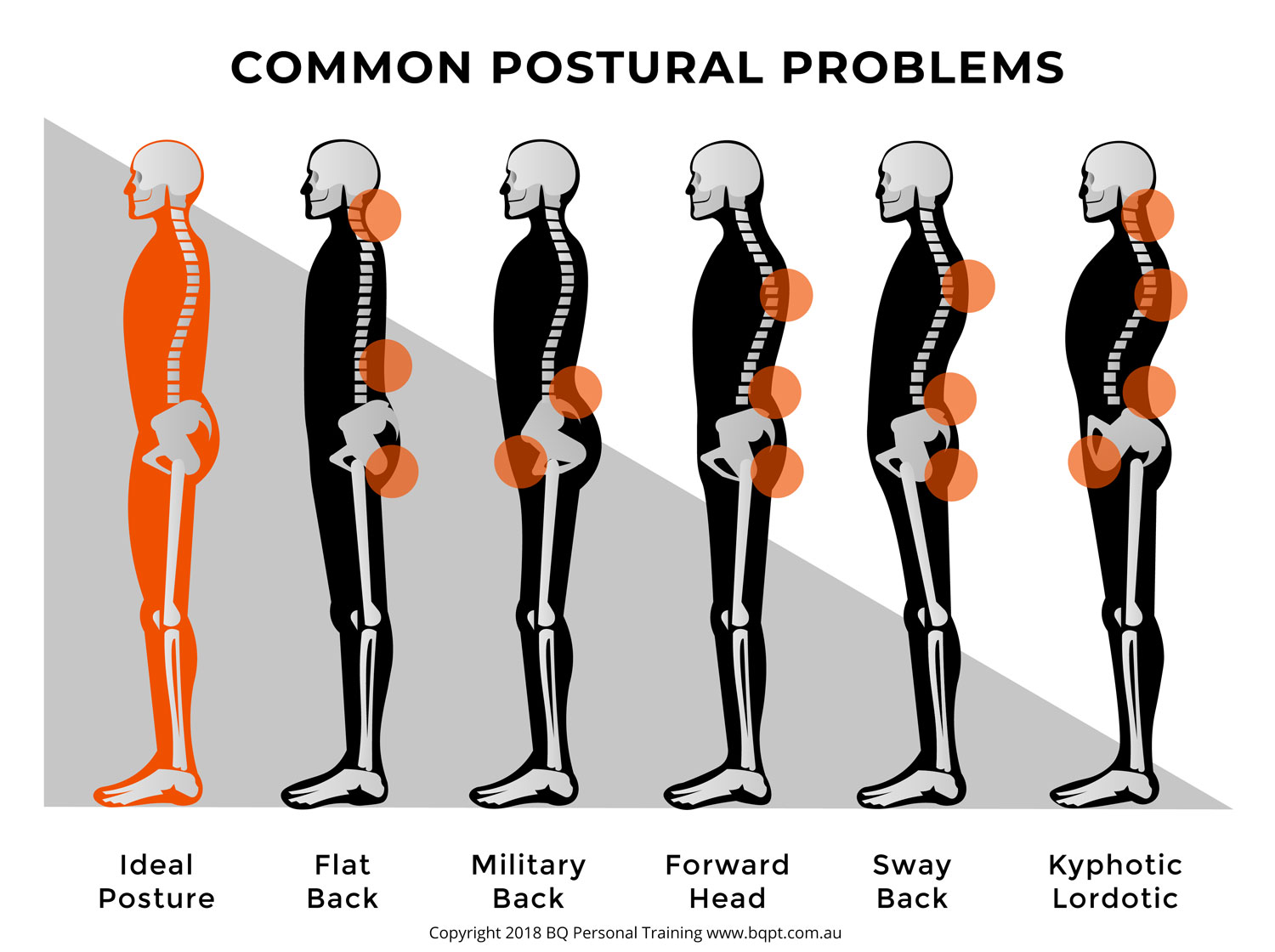
Poor posture is one of the leading contributors to back pain and discomfort, affecting millions of people daily. From slouching at a desk to hunching over a smartphone, poor posture can strain the spine and lead to persistent back pain. In this blog, we’ll dive into how posture impacts the spine, share tips to improve your posture, and recommend tools that can help you correct it.
How Poor Posture Affects the Spine
Your spine has natural curves that help support your body and distribute weight evenly. However, poor posture can disrupt these curves, placing strain on muscles, ligaments, and joints, which can lead to discomfort and chronic pain. Here are some of the ways poor posture impacts the spine:
- Increased Pressure on Vertebrae
Slouching or hunching forward can increase the load on the vertebrae, leading to disc degeneration over time and causing pain in the upper and lower back. - Muscle Imbalance
When you maintain poor posture, some muscles become overused and tight, while others weaken. This imbalance makes it harder for the spine to stay aligned and function properly. - Restricted Blood Flow
Slouching compresses blood vessels, limiting blood flow to the muscles in your back. Reduced blood flow can lead to muscle stiffness and fatigue, contributing to pain and discomfort. - Compressed Nerves
Prolonged poor posture can lead to nerve compression, especially in the lower back, which may result in symptoms like pain, numbness, or tingling.
Tips to Improve Posture and Reduce Back Pain
Adopting and maintaining good posture can go a long way in reducing back pain. Here are some practical tips to improve your posture:
- Sit Up Straight
When sitting, ensure your back is straight, shoulders relaxed, and feet flat on the ground. Avoid crossing your legs, as this can misalign your hips. - Use Lumbar Support
Place a small cushion or a rolled-up towel at the base of your spine while sitting to maintain the natural curve of the lower back. Many ergonomic chairs also come with built-in lumbar support. - Keep Your Shoulders Aligned
Slumping or rounding your shoulders can strain your upper back. Make a conscious effort to keep your shoulders back and aligned with your spine, especially when sitting for long periods. - Engage Your Core Muscles
A strong core can support your back and improve posture. Engage your core muscles by pulling your belly button toward your spine while sitting or standing to reduce strain on your back. - Limit Screen Time
Avoid looking down at your phone or computer for extended periods, as this can lead to “tech neck.” Keep your screen at eye level to reduce neck and upper back strain. - Take Frequent Breaks
Stand up and move around every 30-45 minutes. This movement can prevent stiffness, improve circulation, and give your back muscles a break.
Tools for Posture Correction
Several tools and ergonomic aids are available to support good posture and relieve back pain:
- Ergonomic Chairs
An ergonomic chair with lumbar support, adjustable armrests, and a high back can encourage proper alignment and reduce the risk of back pain. Look for chairs designed to support the natural curves of your spine. - Posture Corrector Braces
Posture braces help keep your shoulders back and spine aligned, especially if you find it challenging to maintain proper posture on your own. These can be worn under clothing and are helpful for short-term correction. - Standing Desks
Switching to a standing desk can encourage better posture and reduce the risks associated with prolonged sitting. Many standing desks are adjustable, allowing you to alternate between sitting and standing throughout the day. - Lumbar Cushions
Lumbar support cushions provide extra support for the lower back, helping to maintain its natural curve. These can be especially useful if you spend long hours sitting in a non-ergonomic chair. - Exercise Balls
Sitting on an exercise ball instead of a traditional chair can engage your core muscles, improve balance, and promote better posture. However, start with short intervals to avoid straining your back. - Footrests
A footrest can improve posture by keeping your feet flat, which helps align your spine and reduce back strain. Footrests are especially useful if your feet don’t touch the ground when sitting.
Conclusion
Poor posture may be common, but its effects on back health are preventable. By understanding how poor posture strains the spine, adopting simple posture-improving habits, and using ergonomic tools, you can significantly reduce back pain and protect your spine. Start implementing these tips today to enjoy better posture, less discomfort, and a healthier back in the long run.

